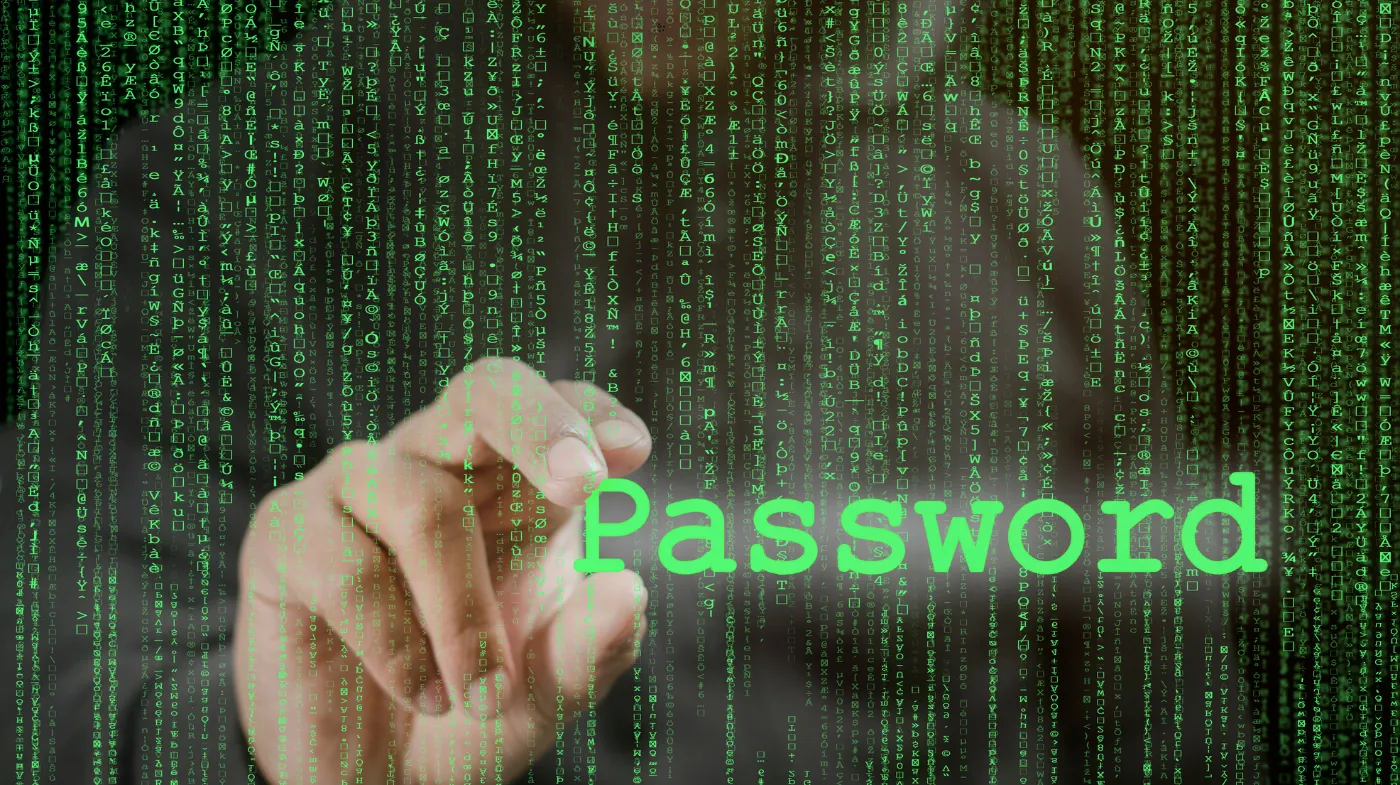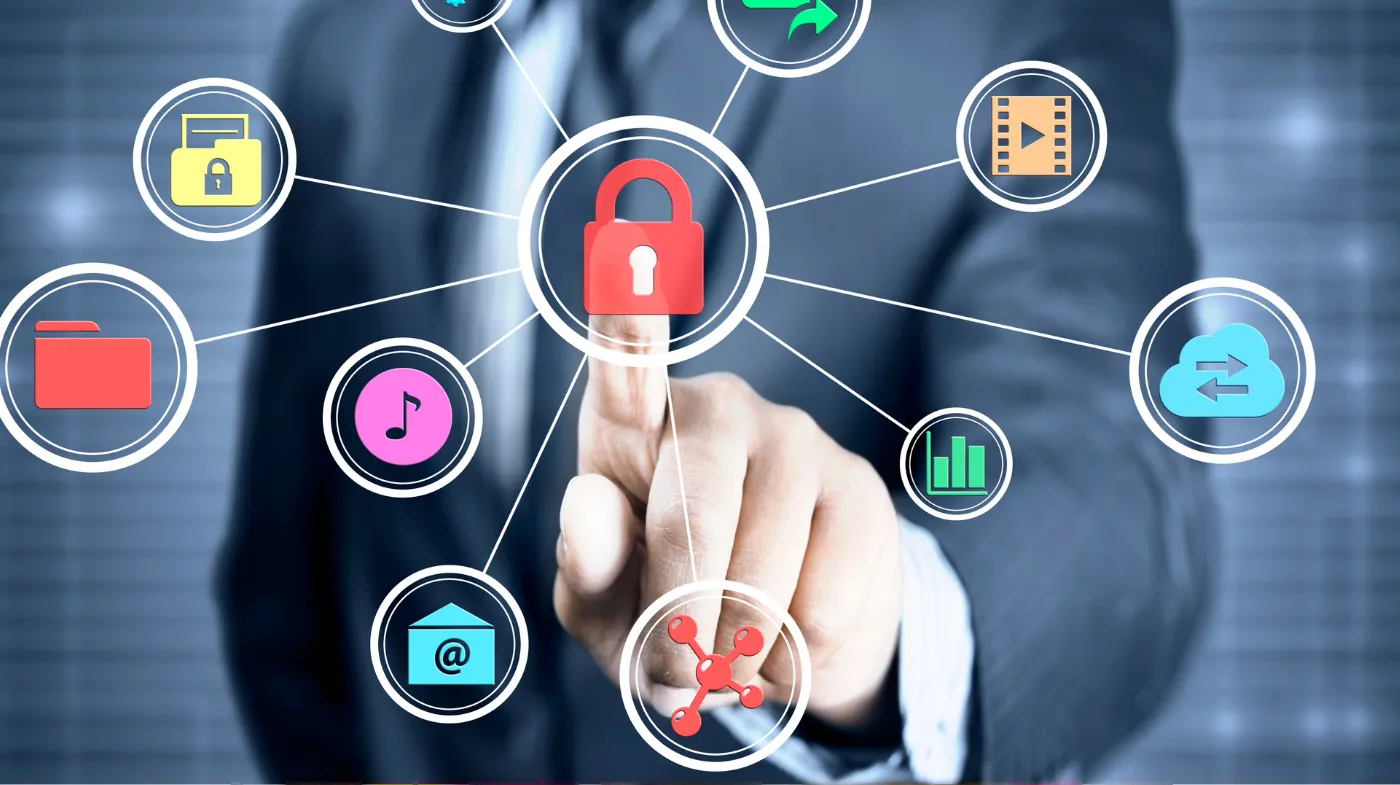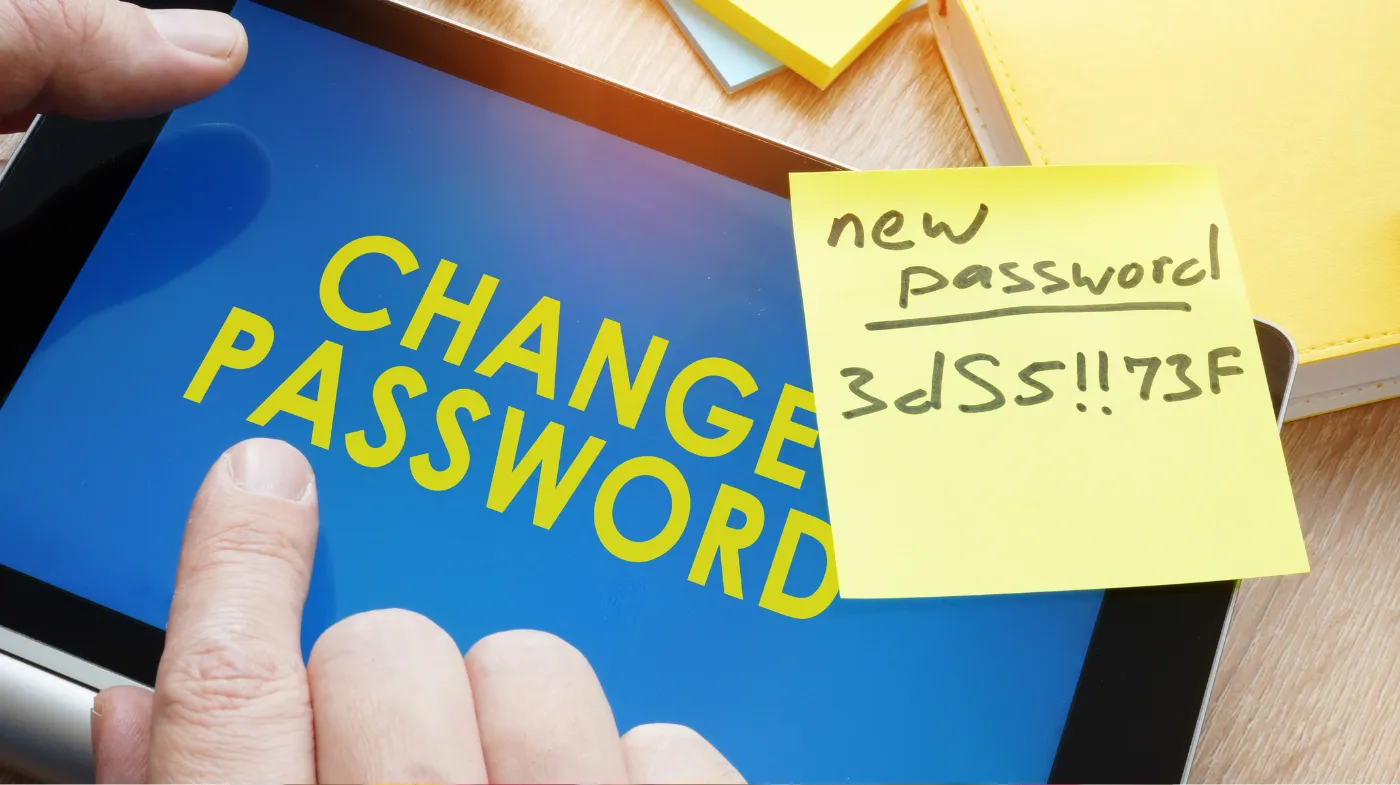
Have you ever wondered if a hacker can see when you change your password? The short answer is usually no. If your accounts and devices are secure, hackers won’t know when you update your password.
However, if your device or account has already been compromised, a hacker might detect or even intercept your password change. This can happen through malware like keyloggers, access to your email, or control over your recovery options.
We will discuss how hackers might become aware of your password changes, the tools they use to do so, and most importantly, practical steps you can take to protect your accounts and keep your personal information safe.
How Hackers Might Detect Your Password Change?
There are several ways hackers might detect your password change, such as:
Through Keyloggers and Malware on Your Device
When malicious software like keyloggers infiltrates your device, it captures every keystroke you make, including any new passwords you type during a reset or change. These keyloggers transmit the recorded data directly to hackers, granting them immediate access to your updated credentials.
Some advanced variants also take periodic screenshots, visually documenting your input process. If malware fully controls your device, it can monitor password changes in real time or review captured data later.
If They Have Access to Your Account or Email
Gaining access to your account or email inbox lets hackers monitor password change notifications sent by many online services. When you update your password, these services often send alert emails confirming the change.
If a hacker controls your email, they can intercept these messages, instantly learning about your security updates. This real-time insight allows them to act quickly, such as attempting to regain access before you fully secure your account.
To check if your email has been compromised, use a trusted email account breach checker and take immediate action if any breach is detected.
Through Recovery Options and Notifications
Control over your recovery options, such as a secondary email or phone number, gives hackers another avenue to detect password changes. If they control these recovery channels, they can intercept password reset requests or notifications instantly.
This means even after you update your password, they may receive reset links or alerts before you do, enabling them to monitor your security activity closely. Such access allows hackers to regain control swiftly or remain informed about your account’s status.
How to Protect Yourself and Secure Your Accounts?

To protect yourself from unauthorized access and potential breaches, below are practical steps you should follow to secure your accounts effectively.
Use Two-Factor Authentication (2FA)
Although hackers may obtain your password, enabling two-factor authentication (2FA) adds a crucial security layer that requires a secondary code or device approval for access.
This additional step ensures that even if your password is compromised, unauthorized users can’t log in without the second factor, typically a time-sensitive code or biometric confirmation.
You should activate 2FA on all critical accounts, including email, banking, and social media, to effectively block intrusions.
Use Strong, Hard-to-Guess Passwords
Two-factor authentication considerably strengthens your account security, but it can’t fully protect you if your password is weak or easily guessable. You need strong, complex passwords to substantially reduce vulnerability.
Avoid simple, common passwords that hackers can quickly crack using brute force or guessing attacks. Frequent password creation mistakes include using easily guessable information like birthdays, names, or common words. Strong passwords incorporate a mix of uppercase, lowercase, numbers, and symbols, making automated cracking attempts impractical.
Consider using a super-strong password generator to create secure, random passwords that are far more resistant to hacking attempts.
Keep Your Device Clean and Secure
Since malware and spyware often target your device to capture sensitive information, keeping your computer and phone clean is essential for securing your accounts. Regularly scan both devices with reputable antivirus software to detect and remove keyloggers, trojans, and other malicious programs.
Eliminate any suspicious applications immediately to prevent unauthorized data capture. A compromised device can silently record your keystrokes, including password changes, making your security efforts futile.
Maintaining a malware-free environment ensures that your credentials remain private, reducing the risk of hackers intercepting your password updates or other sensitive actions on your accounts.
Stay Cautious of Phishing Scams
When you receive unexpected emails or messages requesting your login credentials, treat them with suspicion to avoid falling victim to phishing scams. Hackers often use these deceptive tactics to bypass even the strongest passwords by tricking you into revealing sensitive information.
This highlights the limitations of strong passwords against hackers. No matter how complex your password is, it offers little protection if you hand it over unknowingly.
Always verify the sender’s address and avoid clicking on suspicious links or downloading attachments. Use direct site navigation instead of emailed links to log in.
Monitor Your Account Activity
Although strong passwords and phishing awareness are essential, monitoring your account activity is equally important to detect unauthorized access early. Regularly review your account’s login history and recent activity logs to identify unfamiliar devices or locations.
These indicators often signal compromised credentials or unauthorized sessions. By detecting anomalies promptly, you can take immediate action, such as changing passwords or revoking device access, to minimize potential damage.
Use built-in security tools offered by most platforms to automate alerts for suspicious activity.
Secure Your Recovery Options
To secure your accounts effectively, you must keep your recovery email and phone number current and confidential. Use contact details only you control to prevent unauthorized access.
Hackers exploit outdated or shared recovery options to reset passwords and hijack accounts. Regularly verify and update these details within your account settings.
Avoid using emails or phone numbers accessible by others, such as shared work or family contacts.
Act Quickly if You Suspect a Breach
Keeping your recovery options up to date helps prevent unauthorized access, but if you detect suspicious behavior, act immediately to secure your accounts.
Change your passwords without delay to prevent further compromise. Notify the service provider to alert them of the breach and request additional protective measures.
Enable multi-factor authentication if not already active, and review recent account activity for unauthorized access. Consider temporarily locking your accounts or freezing sensitive features.
How often should I change my passwords?

Experts generally recommend changing your passwords every 3 to 6 months, especially for important accounts. However, the most crucial factor is using strong, unique passwords for each account.
If you suspect your account has been compromised or if a company you use has experienced a data breach, change your password immediately. Also, if you log into accounts over public Wi-Fi without a VPN or if you reuse passwords across sites, it’s important to update them right away.
Frequent changes aren’t always necessary if you use strong, unique passwords and a reliable password manager to generate and store them. Forced frequent changes can sometimes lead to weaker passwords that are easier to remember but less secure.
Always enable two-factor authentication (2FA) when available, and be cautious when using public networks. Overall, focus on strong passwords and immediate changes when risks arise rather than changing passwords on a strict timetable.
What signs might indicate a hacker has accessed my account?
Signs that a hacker may have accessed your account include login problems such as receiving password reset emails you didn’t request, being unexpectedly logged out, or failing to log in with your usual credentials. Unfamiliar account activity is another red flag.
Check for emails, social media posts, or financial transactions you didn’t initiate, as well as changes to your profile information. Watch for unexpected notifications about password changes, security setting updates, or new device logins that you didn’t authorize.
Additionally, unusual network activity like increased data usage or new devices connecting to your network, especially during odd hours, can indicate unauthorized access.
Other signs include ransomware messages demanding payment, fake antivirus pop-ups, browser redirects to unknown websites, slow device performance, frequent crashes, or the appearance of unfamiliar apps or toolbars. If you notice any of these, it’s critical to secure your account immediately.
Stay One Step Ahead of Hackers and Safeguard Your Digital Life
You might think changing your password is a simple lock-and-key solution, but hackers can sometimes watch from the shadows if your device is compromised or recovery options are exposed.
To keep your digital fortress secure, use two-factor authentication, generate strong passwords, keep your devices malware-free, and monitor your account activity closely. Never underestimate phishing threats; they’re often more dangerous than weak passwords.
Update your recovery options regularly, and act fast if anything feels off. Cybersecurity isn’t one step; it’s an ongoing effort. Stay alert, stay protected, and take control of your account’s safety before someone else does.
